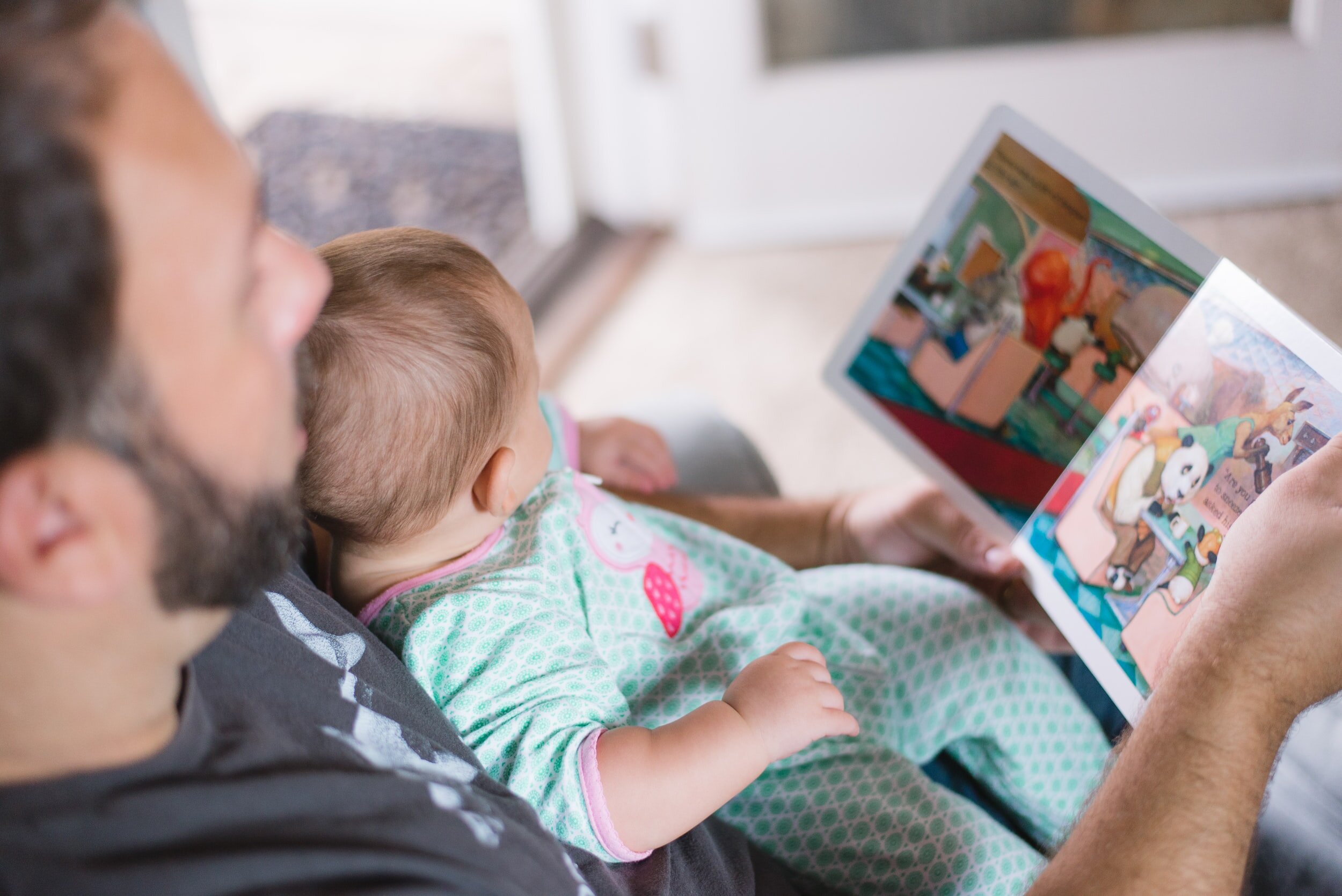The Pros and Cons of giving a Baby a Pacifier.
Liliana Amaro
A very frequent question is to know if the Pacifier is Good or Bad for the baby to Sleep with.
The definition of Pacifier is Artificial nipple made of plastic that serves to calm the baby by triggering the action of sucking.
PROS
Prevents SIDS. Due to the constant suction of the baby the respiratory system keeps working at 100%.
It helps to prevent the baby/child from crying for no reason for a long time, keeping them quiet and peaceful.
It helps the baby/child fall asleep. Since it is a natural reflex it helps the self-soothing.
It is very cute to see a baby/child with your pacifier, many mothers enjoy collecting them.
CONS
Prevents a baby from entering a deep state of sleep. Due to the constant action of sucking each that stops (because he is falling asleep) and the baby feels that the pacifier falls off he wakes up.
If using a pacifier becomes a dependency for the baby/child and will need it all the time, including each time it falls off at night. This is when he begins to wake up every hour and if he is small he will cry so that you go to give him it.
Dentists say that it is bad, it distorts teeth and causes speech problems, however, they cannot verify why some people have perfect teeth when they are adults. (I'm an example, used a pacifier until I was about 7 years old and I do not have any speech problems, deformation of the teeth or palate).
If your baby uses a pacifier you won't know how to stop it and it will take you long to decide.
Advice on the Pacifier:
Decide for yourself if you want your baby to use a pacifier or not, do not be influenced by other people, the pacifier is not necessary, but it will make your life easier by entertaining your baby.
To remove it you just have to decide it.
Do not be dependent of the pacifier more than the baby, usually happens!
If you can not stop the use of it, I can help you with, a conference call is the way to go https://www.zzleepmybaby.com/zmb-services/conference-call-45-60-min

























